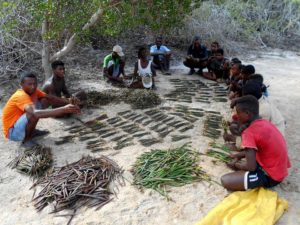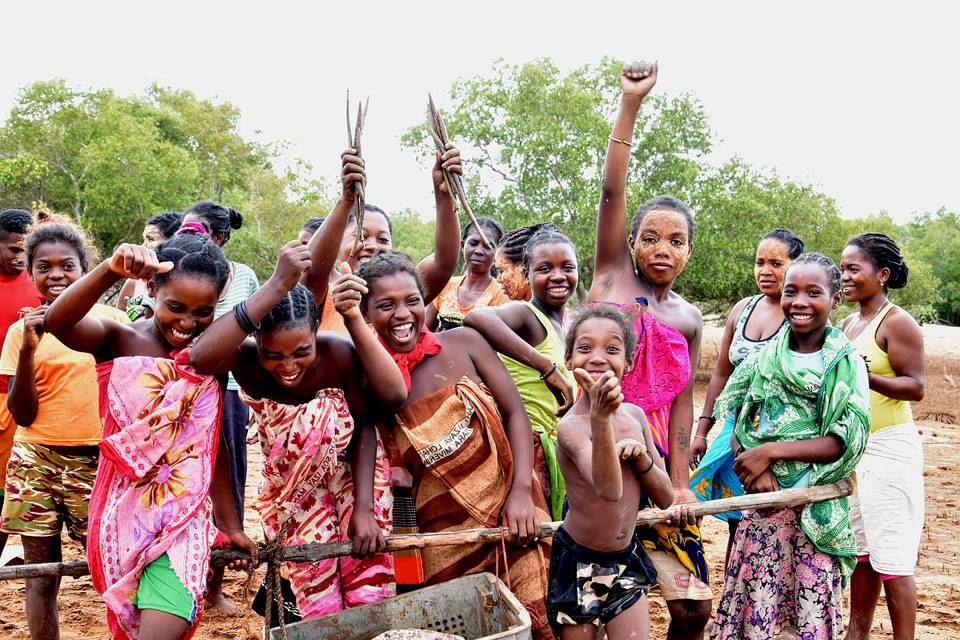Tsiribihina Delta Mangrove Restoration
“Restoring mangroves is restoring solidarity between communities”
“Come and replant!”
This was the message that villagers from Manambolo Tsiribihina’s deltas heard repeatedly on local radio stations early in the year.
The message, sent by the presidents of several local communities, called upon citizens to join the efforts of the 2018 mangrove restoration campaign. And the plea was well received. Nearly 1,500 people joined throughout the campaign that ended in May, during which a total of 267,418 seedlings were planted in the Melaky and Menabe regions. The village of Andapotaly alone planted nearly 36,000 seedlings.
Zezely Andriarimalala is the president of FIVOI, a network of nine community organizations in the Tsiribihina Delta. To him, “restoring mangroves also help to restore solidarity between villages and communities.” He cites this example: “When the village of Andapotaly launched restoration in its area, communities from surrounding villages joined them spontaneously. With the villages of Mavohatoky and Antanandahy, they planted their 36,000 mangrove plants. The next day, they planted nearly 27,000 propagules in Mavohatoky together.”

Preparation of mangrove propagules before they are planted. © WWF Madagascar / Rindra Randriamanga
“Our mangrove forests are the reason why tourists come to see our village,” says Justin Rakotomanahira, president the Kivalo community. Justin and his neighbors managed to plant no less than 17,500 propagules. “Our mangroves are home to birds, lemurs and fish; it makes sense that we work hard to multiply them,” he said.
“We produce a honey of very good quality. And it is mangrove honey! This is one of the many reasons that motivates us in the restoration,” says Saïd Jacquit, president of the Kaday communities.
For the communities of Tsiribihina Delta, the message is clear: alone they are doing well, but together they can accomplish more!

Youth from the village of Ampatoky © WWF Madagascar / Prisca Zandry